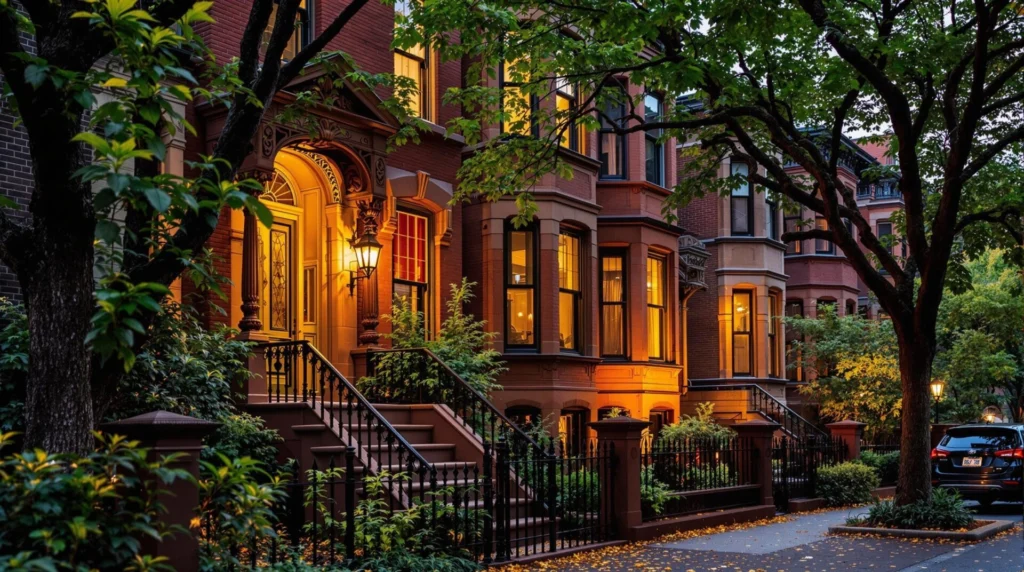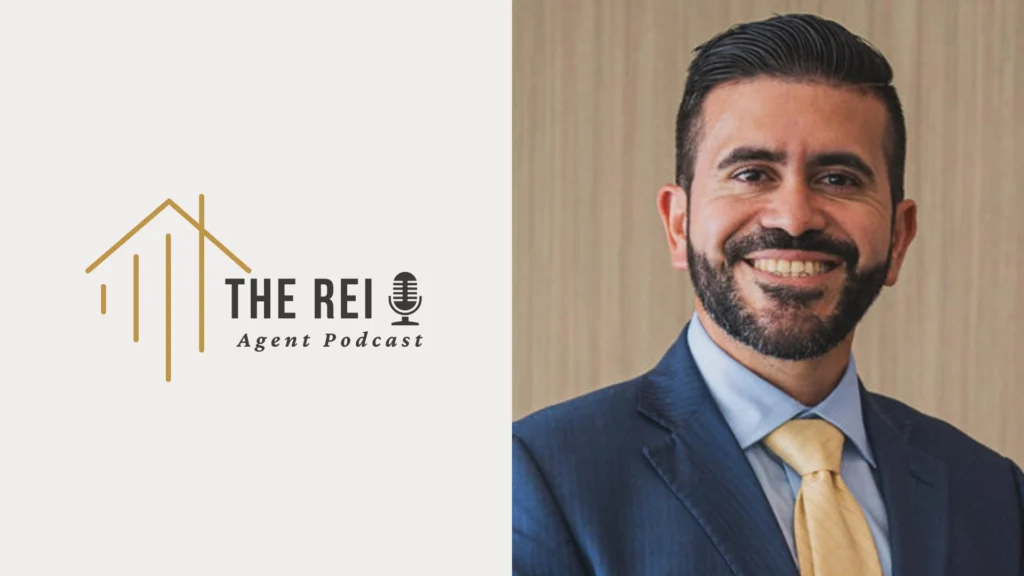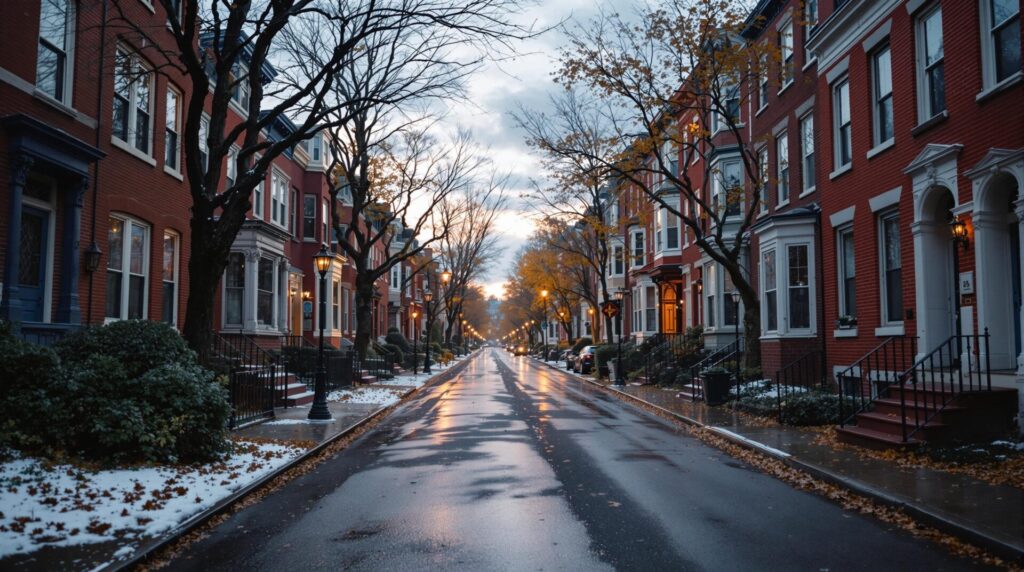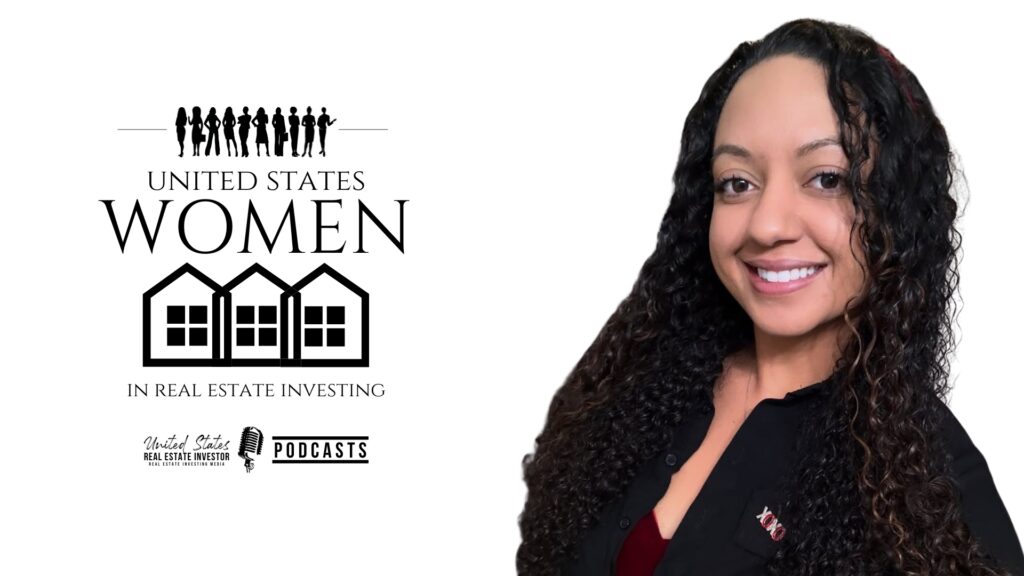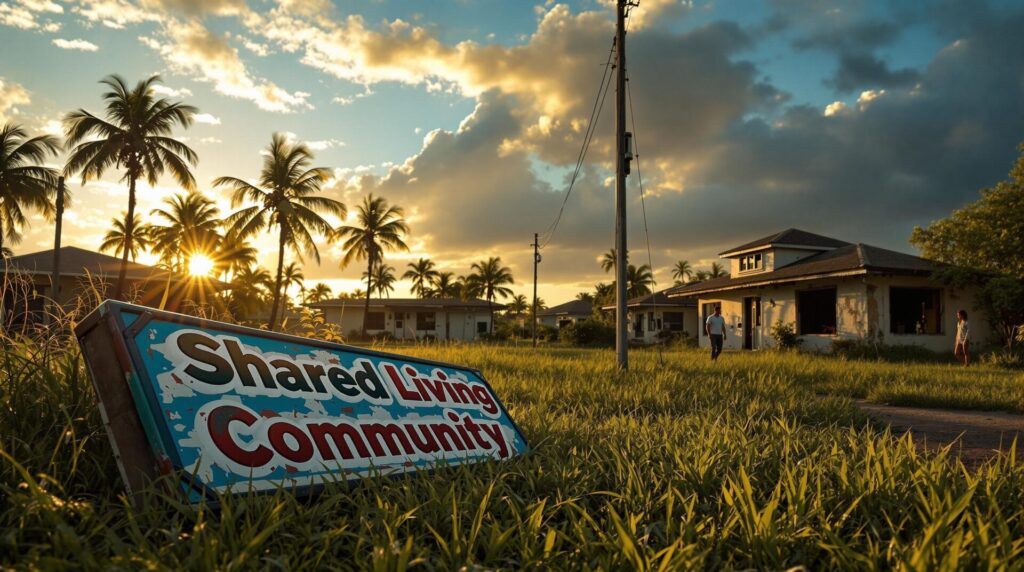Key Takeaways
- Historical Inequities: The loss of Black-owned land and systemic barriers have significantly impeded the ability of Black families to acquire and retain property, contributing to the current crisis.
- Generational Wealth Building: Financial literacy and access to affordable housing are crucial for empowering Black families to overcome these historical challenges and build generational wealth.
- Strategic Initiatives: Cities and organizations are launching innovative programs focused on expanding homeownership opportunities for Black-led households, underscoring the need for targeted efforts to rectify these longstanding inequalities.

Systemic Black American Housing Affordability Solution Looms
The housing landscape for Black Americans has reached a critical juncture, marked by a widening homeownership gap that forecasts over three centuries of disparity at the current pace.
A groundbreaking report by the McKinsey Institute for Black Economic Mobility proposes a robust $1.7 trillion investment over two decades to address this crisis, aiming to significantly shorten the racial homeownership gap.
Regional Homeownership
In examining homeownership rates across various regions and cities, notable disparities emerge between Black and White communities.
The Southern US exhibits a considerable gap, with Black homeownership rates at 45% compared to 72% for White households.
Similarly, disparities persist in regions like the Eastern US and Western US, with Charleston, SC, showing a narrower gap compared to Minneapolis-St. Paul, MN.
These figures underscore the persistent challenges faced by Black Americans in achieving homeownership equity across different geographic areas.
| Region/City | Black Homeownership Rate (%) | White Homeownership Rate (%) |
|---|---|---|
| Southern US | 45 | 72 |
| Eastern US | 50 | 70 |
| Western US (e.g., California) | 30 | 65 |
| Northern US (e.g., New York, Minnesota, Wisconsin) | 40 | 75 |
| Charleston, SC | 60 | 75 |
| Minneapolis-St. Paul, MN | 40 | 91 |

Homeownership Gap
The comparison of homeownership gaps between Black and White communities reveals stark inequalities across regions and cities.
In the Southern US and parts of the Northern US, the gap exceeds 25 percentage points, highlighting substantial disparities in housing access and equity.
Notably, Minneapolis-St. Paul, MN, demonstrates an alarming gap of 51 percentage points, indicative of deep-rooted systemic challenges.
Addressing these disparities necessitates targeted interventions and policy measures to promote equitable homeownership opportunities for marginalized communities.
| Region/City | Homeownership Gap (Percentage Points) |
|---|---|
| Southern US | 27 |
| Eastern US | 20 |
| Western US (e.g., California) | 35 |
| Northern US (e.g., New York, Minnesota, Wisconsin) | 35 |
| Charleston, SC | 15 |
| Minneapolis-St. Paul, MN | 51 |
Related Facts
Black Wall Street Massacre
The Tulsa Race Massacre of 1921 decimated Greenwood, a thriving Black community in Tulsa, Oklahoma, known as “Black Wall Street.”
This act of racial violence, combined with redlining policies starting in the 1930s, severely restricted Black Americans’ ability to own homes and accumulate wealth, affecting subsequent generations.
These discriminatory practices have left a lasting legacy on the socio-economic status of Black communities in the United States.
Historic Black Homeownership Discrimination
Discriminatory practices that have hindered Black homeownership in the U.S. include restrictive covenants (agreements prohibiting property sale to Black people), unfair lending practices like subprime mortgages targeting minority communities, and systemic issues within the property appraisal process, often valuing Black-owned homes lower than similar homes in predominantly white neighborhoods.
These practices have systematically undermined Black Americans’ efforts to own homes and build wealth.
Value Gap Analysis
Analyzing the value gap between majority-black and majority-white neighborhoods uncovers significant disparities in housing appreciation and quality.
Majority-black neighborhoods often face lower median home prices and slower appreciation rates compared to their majority-white counterparts.
RELATED CONTENT
These disparities are compounded by differences in neighborhood and housing qualities, reflecting systemic inequalities in housing access and investment.
Understanding these dynamics is essential for devising strategies to address wealth disparities and promote inclusive economic growth across communities.
| Factor | Median Home Price (USD) | Appreciation Rate (%) | Neighborhood Qualities | Housing Qualities |
|---|---|---|---|---|
| Majority-black neighborhoods | $184,000 | 2 | Lower | Smaller, Older |
| Majority-white neighborhoods | $341,000 | 5 | Higher | Larger, Newer |
Consequences of Disparities
The consequences of homeownership disparities extend far beyond housing access, impacting wealth accumulation, educational outcomes, and overall economic mobility.
The wealth gap between Black and White households persists, with profound implications for intergenerational wealth transfer and financial security.
Furthermore, disparities in homeownership contribute to lower educational attainment and diminished economic opportunities for marginalized communities.
Addressing these consequences requires comprehensive policies that tackle systemic barriers to housing equity and promote inclusive economic development strategies.
| Consequence | Impact/Statistic |
|---|---|
| Wealth Gap | Median wealth: $24,100 for black households vs. $189,100 for white households |
| Lost Homeownership Financial Benefits | Homeownership yields $10,196 more in asset growth than renting over 3 years |
| Lower Educational Quality and Achievement | College graduation rate for children of homeowners is 19% higher than for renters |

Assessment
The proposed $1.7 trillion plan by McKinsey underscores the enormity of the challenge but also the feasibility of bridging the homeownership gap.
By constructing millions of affordable housing units specifically earmarked for low-income and Black households, there’s potential for a transformative shift.
However, success hinges on the collective effort of governmental bodies, private entities, and community organizations to implement these strategies effectively.
The time to act is now, to pave the way for equity, prosperity, and stability in Black American communities.
References
- National Association of Realtors – Reckoning With the Loss of Black-Owned Land
- TD Stories – From One Generation to the Next: Empowering Black Families to Build Wealth and Prosperity
- Urban Land Institute – Black History Month: Celebrating the History of African Americans in Commercial Real Estate
- National League of Cities – Housing for Black-Led Households
- Yahoo Finance – Housing inequality: Black homeowners won’t catch up at this rate for over 300 years. But they could with a $1.7 trillion affordable housing plan, McKinsey says.
- History – Tulsa Race Massacre of 1921
- NCRC – Redlining and Neighborhood Health
- Tulsa Historical Society & Museum – The Attack on Greenwood
- National Archives Museum – Featured Document Display: Black Wall Street: 100 Years Since the Tulsa Race Massacre
- Ballard Brief – The Homeownership Gap between Black and White Families in the United States
No related posts.




